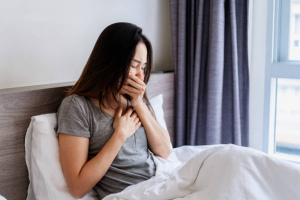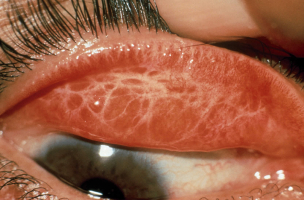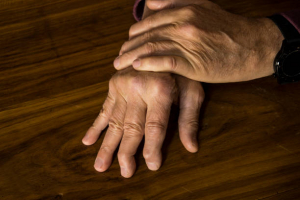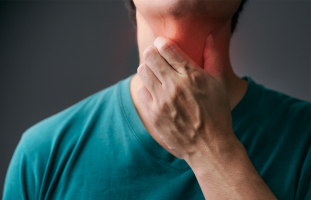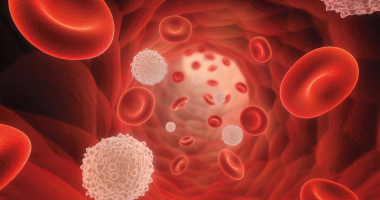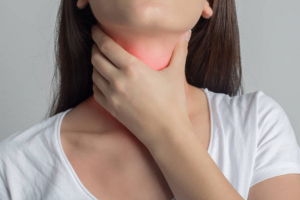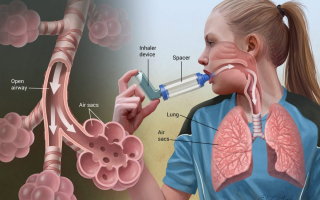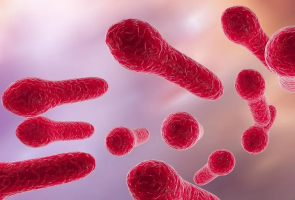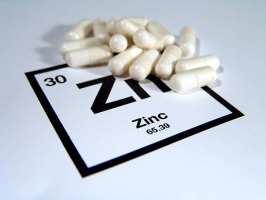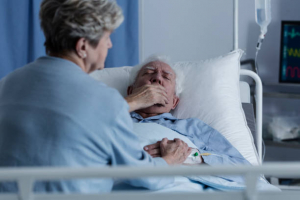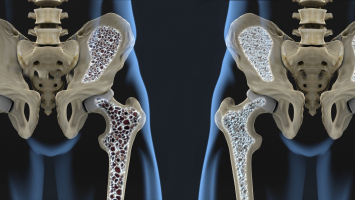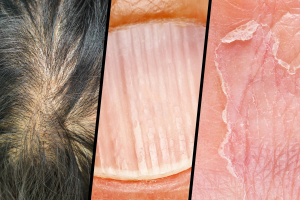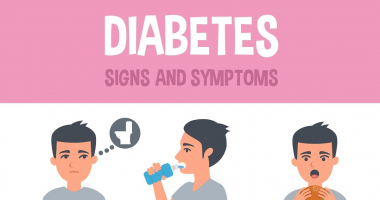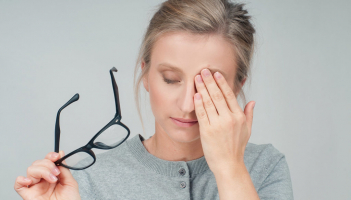Top 5 Signs and Symptoms of Osteoarthritis
Anyone can get osteoarthritis, which can occur at any time of year but is more common during the changing of the seasons. In essence, understanding this ... read more...illness may be viewed as a "golden key" to assisting patients in identifying efficient treatments early on, so enhancing their quality of life and everyday activities. The following essay by Toplist will assist readers in identifying the symptoms and signs of osteoarthritis and receiving early treatment, which is crucial since it may minimize the amount of damage to joints and avert several consequences.
-
One of the frequent signs that patients experience discomfort and that significantly lower their quality of life is joint pain. Any joint in the body can experience joint pain, which is a painful hurting feeling. Patients with musculoskeletal diseases frequently complain of this discomfort. There are many different reasons for joint pain. Joint pain can occasionally be a symptom of a more serious condition or trauma. The intensity of pain varies from person to person; some may experience just slight discomfort, while others experience severe pain that makes it difficult to move around and carry out everyday tasks.
This condition may affect only one joint or it may affect many different joints. When experiencing prolonged joint pain and the pain level increases over time, the patient should go to a reputable medical facility for timely examination and treatment. Your doctor will do a physical exam and will ask you a series of questions about your joint pain. From there, potential causes can be ruled out. To identify joint damage associated with joint pain, a joint X-ray may be necessary.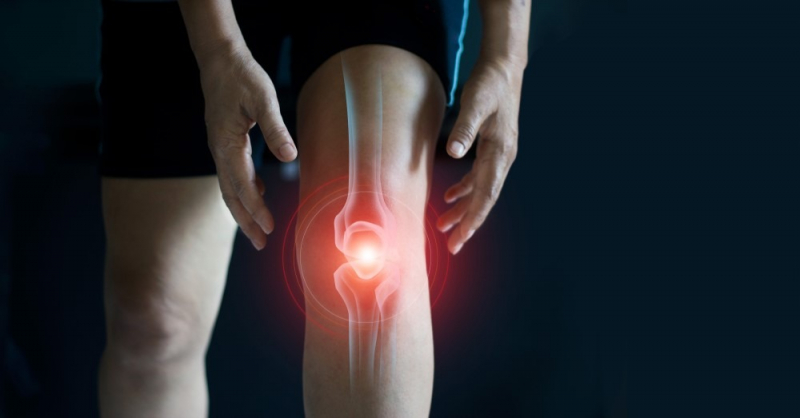
Joint pain 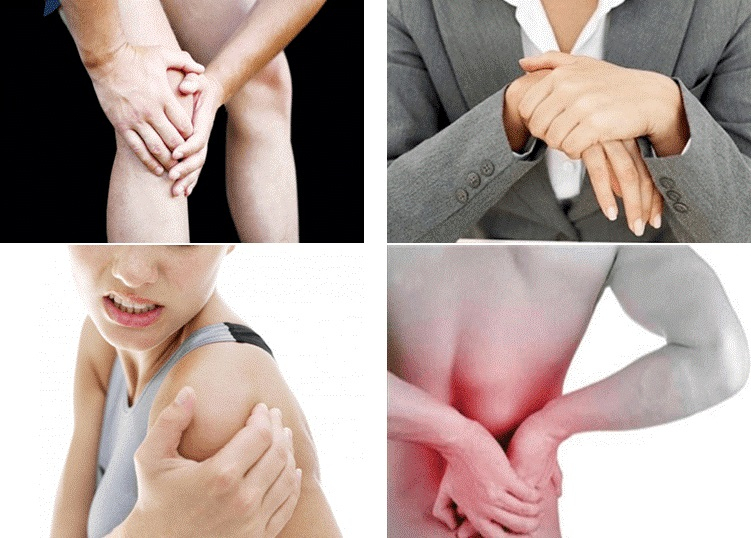
Joint pain -
Joint stiffness makes it challenging to move them, and it typically affects the proximal knuckles, fingers, wrists, elbows, knees, ankles, and feet (both sides). Any subject can experience this phenomenon, and the first moderate stiffness of the joints has little impact on motor performance. The patient may lose the ability to move the injured limb if the symptoms worsen over time.
After the patient performs flexion and stretching actions, the joints will be easier to move or will feel practically normal. Stiffness frequently happens in the morning after waking up or after a protracted immobilization posture. Signs of stiff joints are often accompanied by joint pain, which can make it difficult to live and perform tasks that require movement of the joints. In the long term, this condition is indicative of joint damage, reduced mobility, and possibly disability. Therefore, understanding this condition is very necessary for patients to go to the doctor early, detect arthritis if any, and promptly treat and prevent possible pathological complications.

Stiff and swollen joints 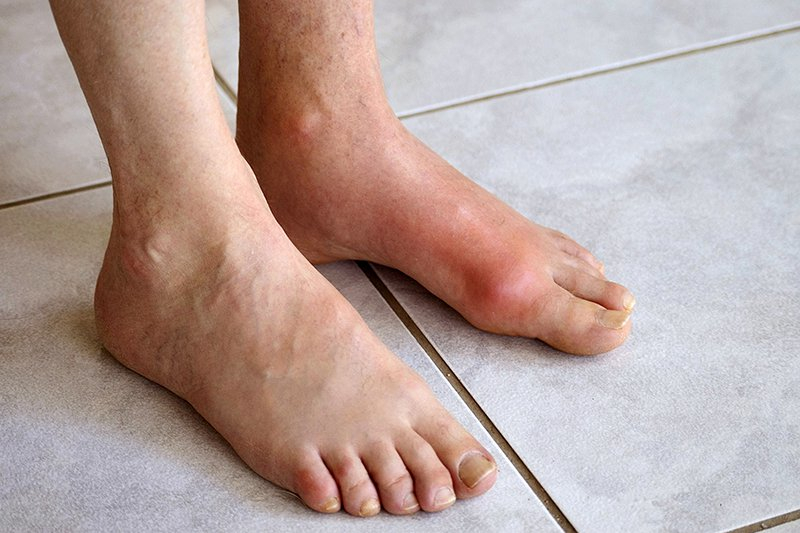
Stiff and swollen joints -
The patient will experience severe discomfort when moving, even when making basic motions, as a result of the erosion of the protecting cartilage layer. Daily tasks become challenging because of the substantially decreased joint range of motion. The excessive fluid buildup brought on by inflammation, which makes the joint enlarge, is what creates the redness surrounding the joint. With their hands, the patient may feel the warmth surrounding the swollen joint.
In the early stages, when the new joint is red if it is detected and treated actively and properly, the disease can progress well. The patient may also have symptoms including moderate fever, exhaustion, numbness in the limbs, weight loss, joint discomfort, and more. The next development of arthritis may be a condition. The inflammation spreads to the joints of the knees, feet, ankles, toes, etc. Usually bilaterally symmetrical, swollen joints are more painful and restrict basic movement.
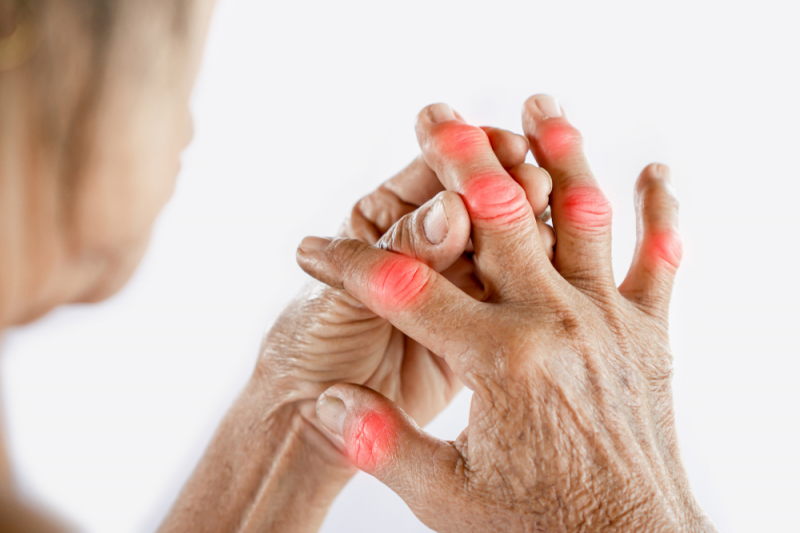
Red and warm area around joints 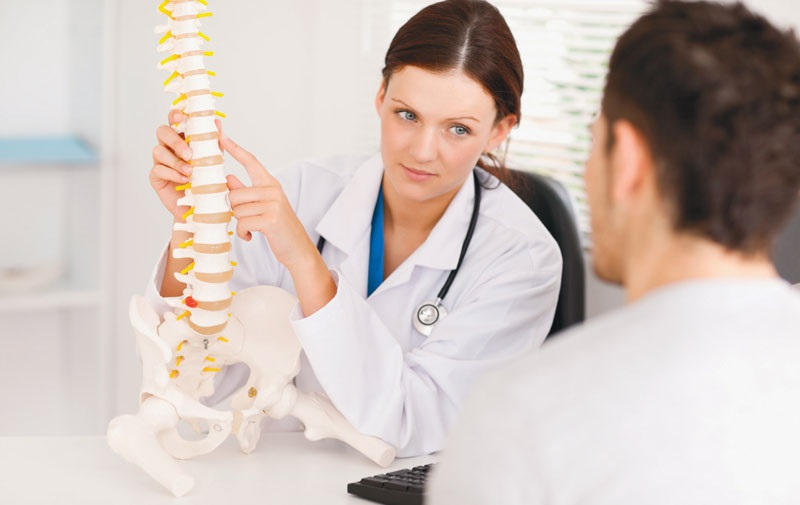
Red and swollen joints -
Some patients may experience a crunching or crunching sensation when palpating painful joints or with movement. A creaking sound can be normal and is generally considered harmless. Many times the crunching sound can also be caused by some pressure or tension occurring in the joint. If this crackling is frequent and painful, it could be a sign of osteoarthritis.
The body is impacted by a variety of circumstances, such as degeneration, infection, injury, and more, which is the cause of osteoarthritis. The patient with osteoarthritis hears more than just the crunching sound that the disease causes in the joints. When skeletons move, they bump into one another, harming the articular cartilage in the process. A common misconception is that the joints themselves already make a crunching noise. The majority of cases where the knee joint crunches when moving is a warning sign of osteoarthritis. People who frequently have a crunching sound in their joints accompanied by pain or swelling should seek medical attention.
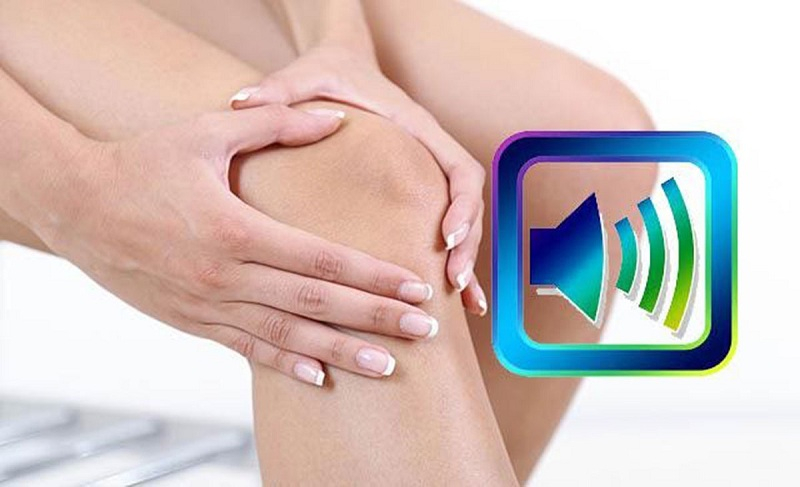
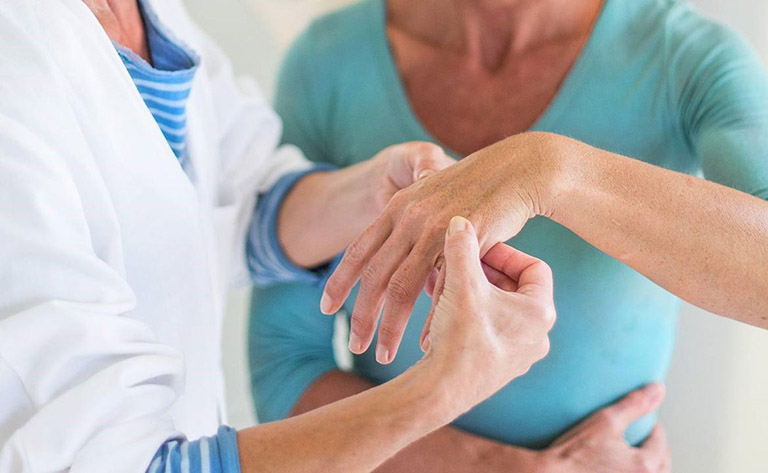
Hear a crunching sound in the joints -
Tired and body ache is a condition that most people have experienced, even more so for people with osteoarthritis. The feeling of body pain, body aches, and fatigue makes you just want to lie in bed to rest and have no energy to do anything anymore. Patients often experience sharp pain. The sensation is often described as being on a tendon, muscle, bone, or joint.
When being palpated, the afflicted individual may experience discomfort all over or only in particular locations. That alone is an obvious sign of musculoskeletal system impairment. In addition, the patient becomes weaker as a result of headaches, lack of appetite, insomnia, poor sleep, and other symptoms in addition to pain and exhaustion. You should see a doctor know the origin of your body pains in order to prevent and treat this problem. This will help you avoid being overly impacted by them.
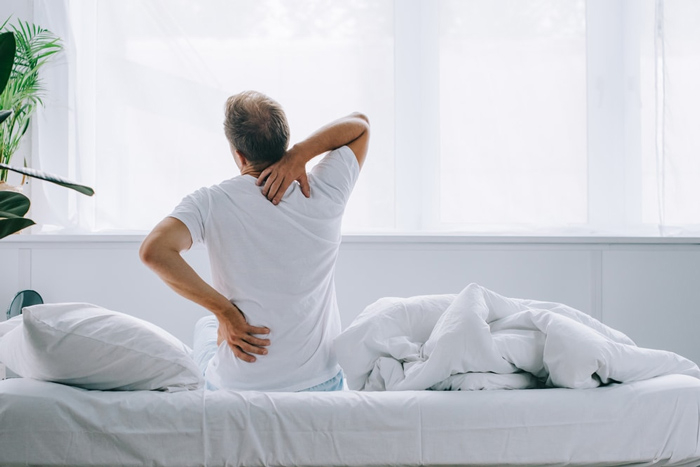
Tired 
Tired







